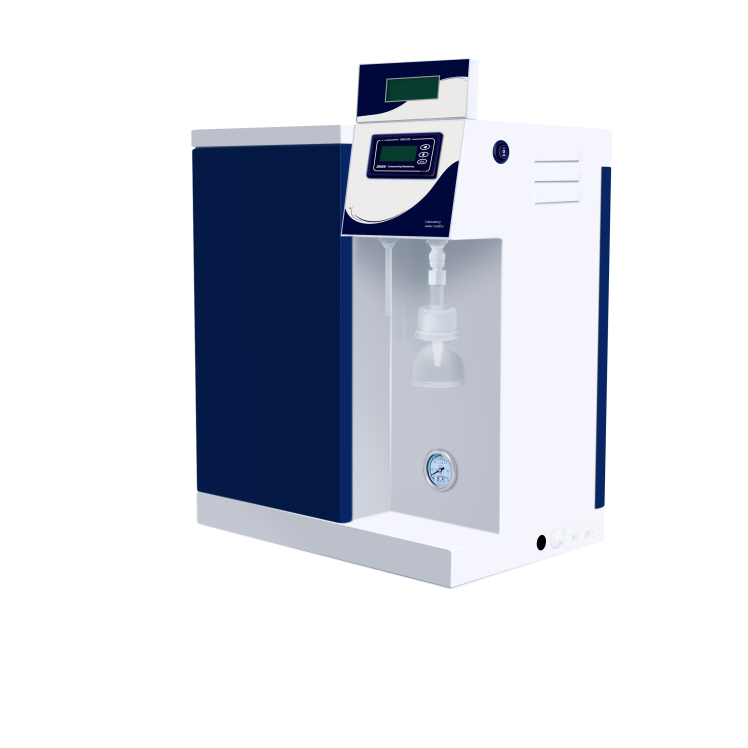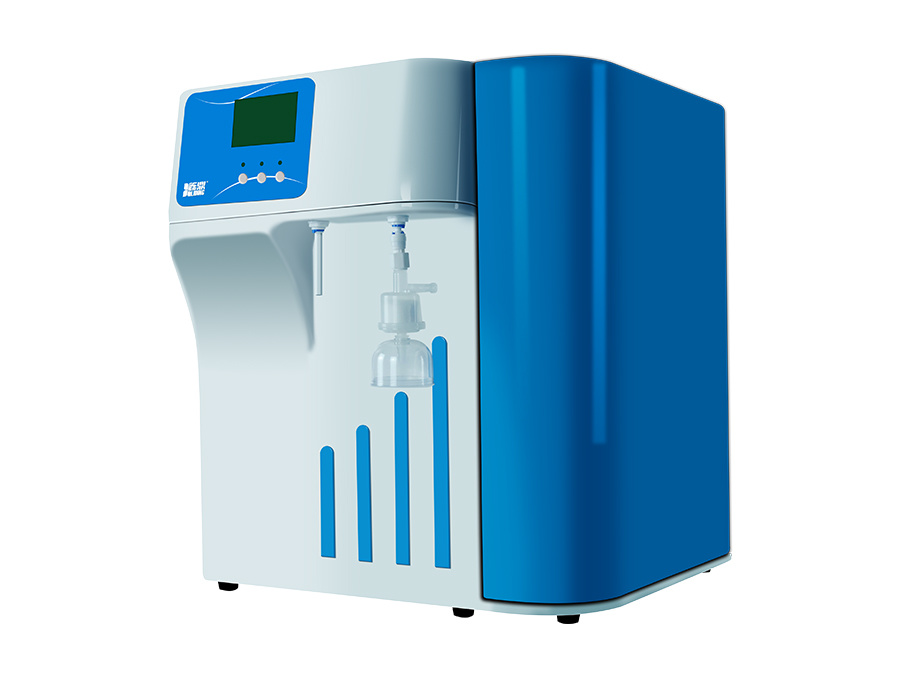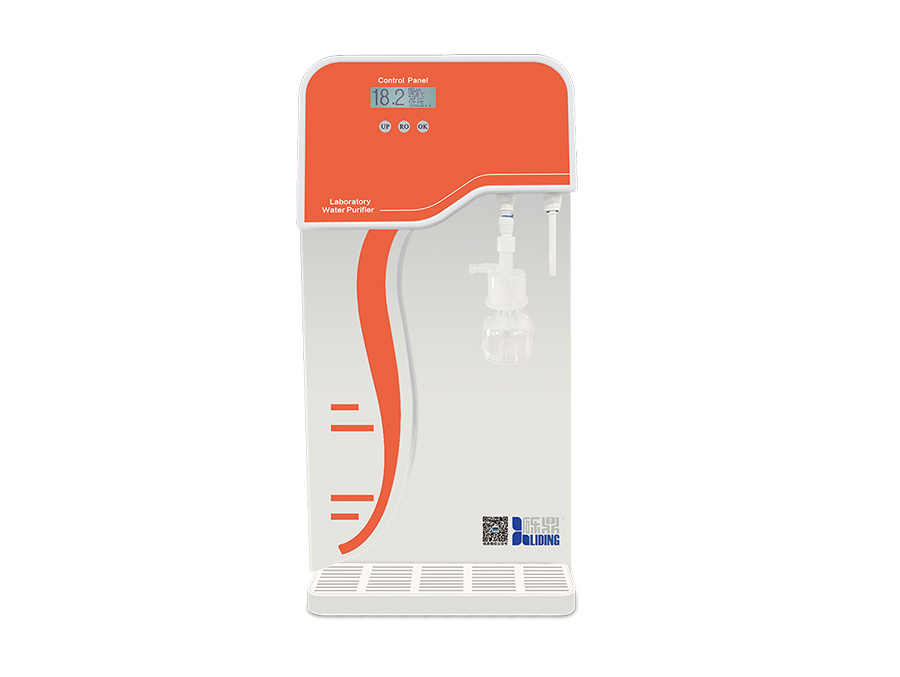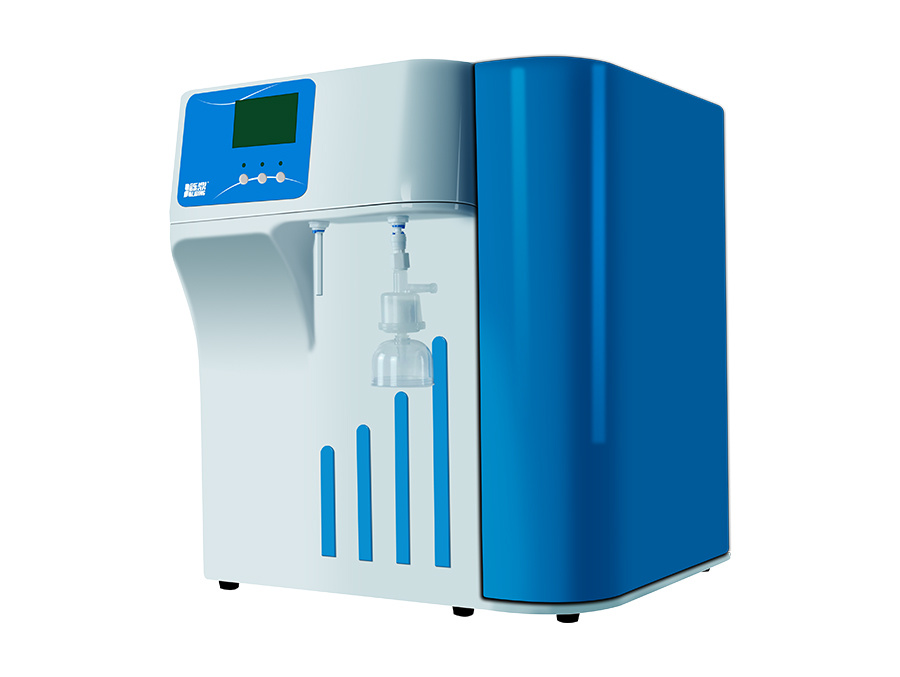Key Features to Look for in an Ultrapure Water System for Laboratories
Time:
Apr 26,2025
Key Features to Look for in an Ultrapure Water System for Laboratories
Introduction to Ultrapure Water Systems
In laboratory settings, the quality of the water used can significantly influence the accuracy and reliability of experimental results. Ultrapure water systems play a crucial role in providing the high-quality water required for various applications, including analytical chemistry, biology, and electronics manufacturing. This article will explore the key features to consider when selecting an ultrapure water system, ensuring that your laboratory operates at peak efficiency.
Understanding Ultrapure Water: What is It?
Ultrapure water is water that has undergone extensive purification processes to remove contaminants, including ions, organic compounds, and microorganisms. The resistivity of ultrapure water typically exceeds 18.2 MΩ·cm, indicating its high level of purity. This level of purity is essential for laboratories that perform sensitive analyses or experiments, as impurities can interfere with results.
The Importance of Ultrapure Water in Laboratory Applications
Ultrapure water is critical in various laboratory applications, including:
- **Analytical Chemistry:** Instrumental analyses, such as chromatography and spectroscopy, require ultrapure water to prevent contamination of samples.
- **Cell Culture:** In biological research, ultrapure water is crucial for maintaining cell viability and function.
- **Microelectronics Manufacturing:** The production of semiconductor devices demands extremely pure water to avoid defects and ensure product quality.
Key Features of Ultrapure Water Systems
When selecting an ultrapure water system for your laboratory, certain features are essential to consider. Below are the key characteristics that set apart high-quality systems.
1. Purification Technology
The effectiveness of an ultrapure water system largely depends on the purification technology employed. Common technologies include:
- **Reverse Osmosis (RO):** This process removes a significant proportion of dissolved salts and larger molecules.
- **Deionization (DI):** Utilizing ion exchange resins, DI systems effectively eliminate ionic contaminants from the water.
- **Ultraviolet (UV) Light Treatment:** UV systems help in the eradication of microorganisms, ensuring that the water is free of biological contaminants.
2. Water Quality Monitoring
Continuous monitoring of water quality is vital in laboratory environments. Look for systems that include:
- **Conductivity or Resistivity Sensors:** These sensors provide real-time data on water purity, allowing for immediate corrective actions if contamination occurs.
- **Alerts and Notifications:** Advanced systems may include alarms that notify users of changes in water quality, ensuring consistent purity standards.
3. Flow Rate and Storage Capacity
The specific needs of your laboratory will dictate the appropriate flow rate and storage capacity of your ultrapure water system. Consider:
- **Flow Rate:** Determine whether the system can deliver sufficient water volume for your applications without compromising purity.
- **Storage Options:** Evaluate the tank size and whether it can meet your laboratory's demands, especially during peak usage times.
4. Space and Footprint Considerations
Laboratories often have limited space, making the physical footprint of the ultrapure water system a crucial consideration. Choose a system that fits comfortably within your laboratory layout without sacrificing performance.
5. Maintenance Requirements
An efficient ultrapure water system should require minimal maintenance. Key aspects to look for include:
- **Easy Filter Replacement:** Systems with user-friendly designs for filter changes can significantly reduce downtime.
- **Automated Cleaning Cycles:** Some advanced systems offer automated maintenance features, ensuring optimal performance over time.
6. Cost of Ownership
While upfront costs are important, evaluating the total cost of ownership is essential. Consider factors such as:
- **Operating Costs:** Assess the energy and water consumption of the system.
- **Replacement Parts:** Understand the costs associated with ongoing maintenance and filter replacements.
7. Portability and Flexibility
Depending on your laboratory's needs, you may require a portable system or multiple units for different applications. Look for systems that offer flexibility in configuration to suit various tasks.
8. Compliance with Industry Standards
Ensure that the ultrapure water system complies with relevant industry standards, such as:
- **ISO 3696:** This standard specifies the requirements for the quality of water used in laboratories.
- **ASTM D1193:** This standard provides specifications for reagent water, ensuring it meets the necessary purity levels.
Choosing the Right Ultrapure Water System for Your Laboratory
Selecting the appropriate ultrapure water system involves assessing your laboratory's specific needs and how each system's features align with those requirements. Start by analyzing the applications that will utilize the ultrapure water and the volume needed.
Factors to Consider
- **Laboratory Size:** Larger labs may need systems with higher flow rates and storage capacities.
- **Application Type:** Different applications may require different levels of purity and specific filtration technologies.
- **Budget Constraints:** Balance the initial investment against long-term operational costs for a cost-effective solution.
Comparing Different Ultrapure Water Systems
It is often beneficial to compare different ultrapure water systems before making a final decision. Consider creating a comparison chart that outlines:
- **Key Features:** Highlight the purification technologies, monitoring systems, and maintenance requirements.
- **User Reviews:** Investigate user experiences to gauge reliability and performance.
- **Manufacturer Support:** Look for systems from manufacturers with a strong support network and warranty offerings.
FAQs About Ultrapure Water Systems
1. What is the difference between purified water and ultrapure water?
Purified water has gone through basic purification processes, while ultrapure water has undergone additional refinement to remove nearly all contaminants, making it suitable for sensitive laboratory applications.
2. How often should an ultrapure water system be maintained?
Regular maintenance schedules can vary, but most systems should undergo routine checks and filter replacements every six months to ensure optimal performance.
3. Can ultrapure water systems be used for drinking water?
Ultrapure water systems are designed for laboratory use and may not meet the taste and mineral balance required for safe drinking water.
4. What types of applications benefit from using ultrapure water?
Applications in analytical chemistry, cell culture, and semiconductor manufacturing greatly benefit from the use of ultrapure water due to the need for high purity levels.
5. How can I ensure the purity of my ultrapure water system?
Regular monitoring using resistivity sensors, adhering to maintenance schedules, and utilizing high-quality purification technologies will help maintain water purity.
Conclusion
Choosing the right ultrapure water system is crucial for laboratories aiming for the highest standards of accuracy and reliability. By understanding the key features—such as purification technology, water quality monitoring, and maintenance requirements—you can make an informed decision that best suits your laboratory needs. Investing in a high-quality ultrapure water system not only enhances your research capabilities but also ensures compliance with industry standards. By following this guide, laboratories can ensure they are equipped with the best ultrapure water systems, enhancing their research and operational efficiency.
RELATED NEWS








